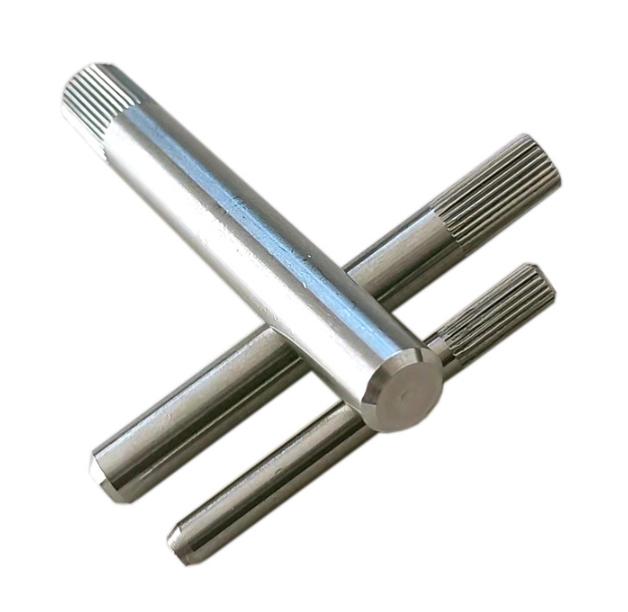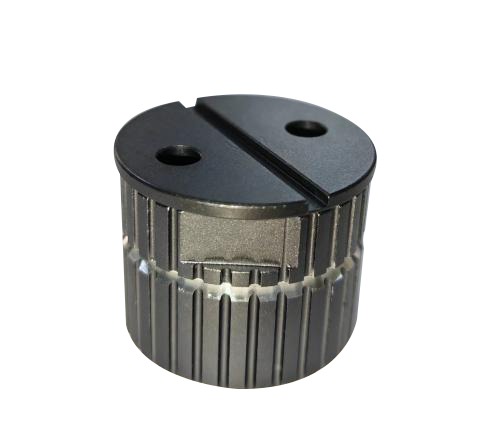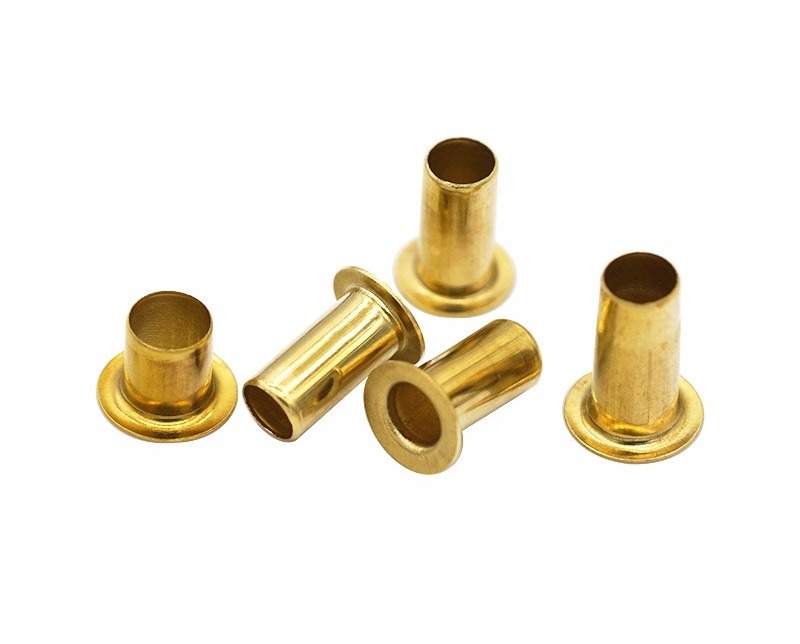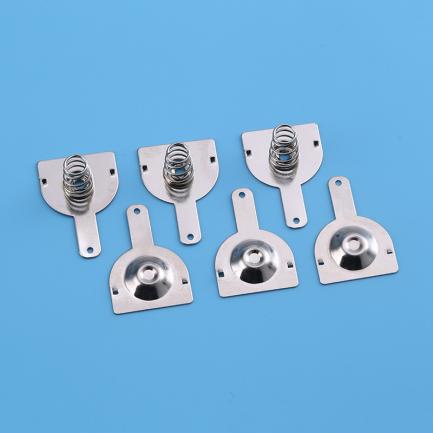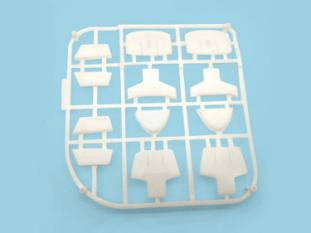Detailed Explanation Of Metal Stamping Process Used For Automotive Components
Metal stamping is a manufacturing process that has revolutionized the production of automotive components. This process involves using a die and a punch to shape sheet metal into a specific form, and it is widely used to create a variety of automotive components, including body panels, brackets, chassis parts, and more. Metal stamping allows for precision and repeatability in production, enabling manufacturers to produce high-quality components at a lower cost than traditional machining methods. In this article, we will explore the application of metal stamping in the automotive components.
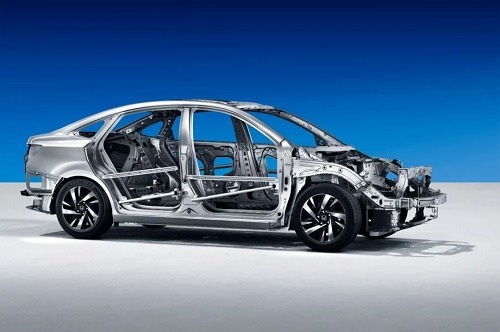
For the beginning, do you know why we use metal stamping in automotive components? Metal stamping plays an essential role in the manufacturing of automotive components, and its importance can be highlighted in the following reasons:
Why Using Metal Stamping Process in Automotive Components Manufacturing
Efficient Production: Metal stamping is a highly efficient process that allows for the production of large quantities of parts quickly and cost-effectively. This is especially important in the automotive industry, where parts need to be produced in large volumes to meet demand.
Consistent Quality: Metal stamping allows for the production of parts with consistent quality and accuracy, which is crucial for ensuring that parts fit and function properly. This helps to ensure the safety and reliability of the finished product.
Versatility: Metal stamping can be used to produce a wide range of parts with varying levels of complexity, making it a versatile process that can be applied to many different automotive components.
Customization: Metal stamping can be customized to meet specific design requirements, allowing for the production of parts that are unique to a particular make or model of vehicle.
Cost-Effective: Metal stamping is often more cost-effective than other manufacturing processes, such as casting or machining, which can be more time-consuming and require more labor and equipment.
Overall, the importance of metal stamping in automotive manufacturing cannot be overstated. It is a critical process that allows for the efficient and cost-effective production of high-quality automotive components, which is essential for meeting consumer demand and maintaining the safety and reliability of vehicles on the road. Then, do you know the types of metal stamping processes?
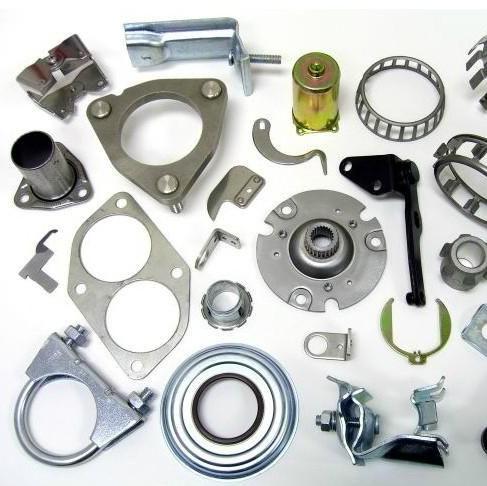
Types of Metal Stamping Process Used For Automotive Components
Blanking: Blank metal sheets are cut to the required size and shape for further stamping operations.
Piercing: Holes are punched through the metal sheet or component using a punch and die set.
Bending: Metal sheets are bent into the desired shape using a press brake or other bending equipment.
Coining: Metal is pressed between two dies to create a specific shape or pattern on the surface of the metal.
Drawing: Metal is drawn into a die to create a complex shape or hollow component.
Embossing: A design or pattern is pressed into the surface of the metal using a die and press.
Flanging: The edge of a metal sheet is formed into a flange, which can be used for attaching other components or panels.
Forming: Metal is shaped into a specific form, such as a cylinder or cone, using a punch and die set.
Hemming: The edge of a metal sheet is folded over onto itself to create a smooth, finished edge.
Stamping: The metal sheet is stamped or pressed into the desired shape using a punch and die set.
Each of these processes can be used alone or in combination with other processes to produce complex metal parts and components for use in the automotive industry. The specific process used will depend on the requirements of the part being produced and the materials being used. Then, what are the materials do you know?
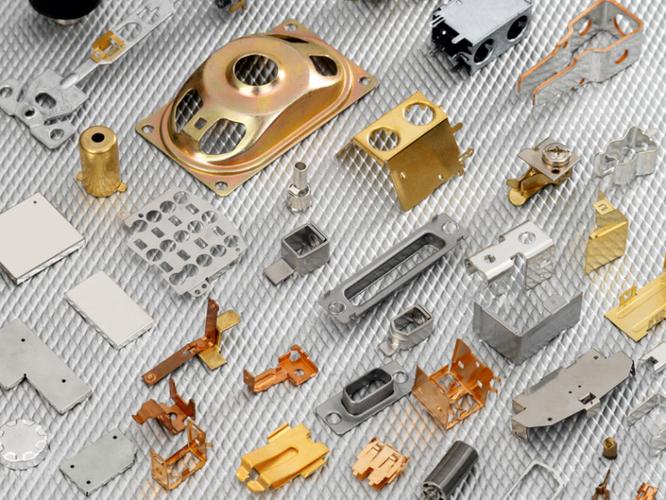
Materials Used in Metal Stamping Process for Automotive Components
The most commonly used materials in automotive metal stamping include as follows:
Steel: Steel is the most common material used in automotive stamping due to its strength, durability, and relatively low cost. Different types of steel may be used, such as mild steel, high-strength low-alloy (HSLA) steel, and advanced high-strength steel (AHSS), which offer varying levels of strength, formability, and corrosion resistance.
Aluminum: Aluminum is increasingly being used in automotive stamping due to its lightweight, high strength-to-weight ratio, and good corrosion resistance. However, aluminum is typically more expensive than steel and may require specialized equipment and processing techniques.
Copper and copper alloys: Copper and its alloys, such as brass and bronze, are sometimes used in automotive stamping for electrical and heat transfer components, due to their excellent electrical conductivity and thermal properties.
Stainless steel: Stainless steel is often used in automotive stamping for components that require corrosion resistance or a decorative finish, such as exhaust systems or trim pieces.
Other materials: Other materials that may be used in automotive stamping include plastics, composites, and other non-ferrous metals such as titanium or magnesium, depending on the specific requirements of the component being produced.
However, the choice of material for automotive stamping will depend on factors such as the component’s function, strength and durability requirements, weight considerations, and cost considerations. The selection of the right material is critical to the performance and safety of the final automotive component. So do you know what types of automotive components are produced by metal stamping?
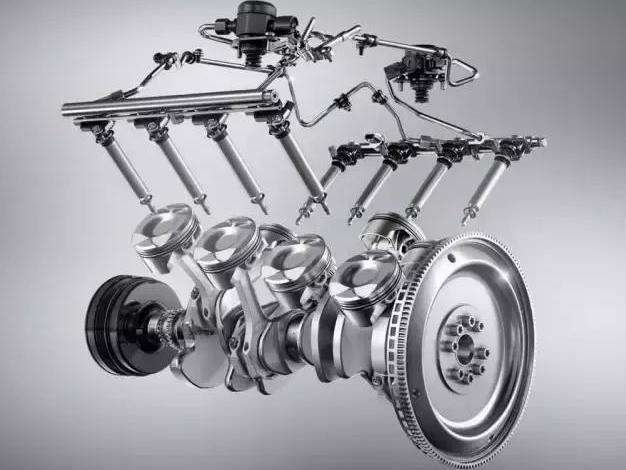
Common Types of Automotive Metal Stamped Components
The common metal stamping parts in automotive typical automotive metal stamped components involve the following:
- Body Panels: including the roof, doors, fenders, hood, trunk lid, and quarter panels.
- Brackets and Mounts: such as engine mounts, suspension brackets, and exhaust hangers.
- Chassis Components: including cross members, rails, and reinforcement plates.
- Interior Parts: such as seat frames, console panels, and instrument panel components.
- Engine Components: including valve covers, oil pans, and cylinder heads.
In conclusion, the metal stamping process has proven to be a crucial manufacturing technique in the automotive industry. It provides efficient, cost-effective, and precise production of complex parts that meet the highest standards of quality and safety. If you are looking for a metal stamping parts manufacturer, KENENG is your best choice.
KENENG can provide a variety of customized services such as CNC machining, metal stamping, and injection molding. We specialize in processing products of various materials and solving complex processing parts. We can design products and molds according to customers’ samples or drawings, our stamping parts tolerance meets with ±0.01mm,we can also provide wire EDM services, using high-speed, medium-speed, and low-speed WEDM to make samples and small batches of products to save molding costs and time. Please feel free to contact us for your needs.

